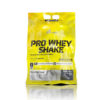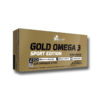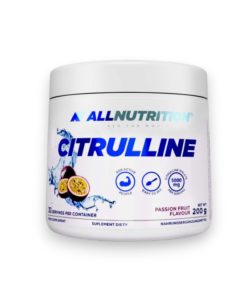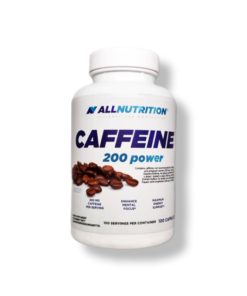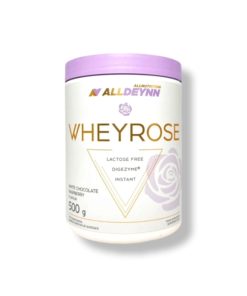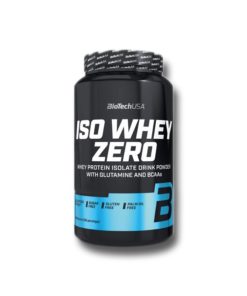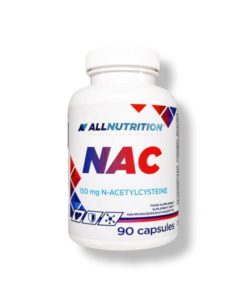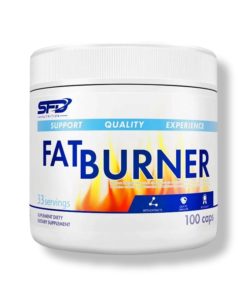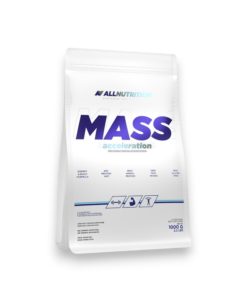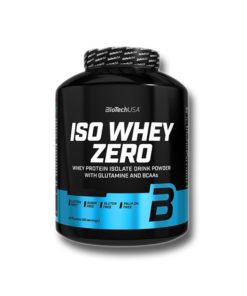OLIMP Gold Vita-Min Anti-OX Super Sport 60caps
22,50 €
OLIMP Gold Vita-Min Anti-OX Super Sport 60caps– A POWERFUL ANTIOXIDANT SHIELD reinforced with a specially selected VITAMIN-MINERAL formula
It is also a composition of the most important antioxidants and essential vitamins for athletes (including the best form of vitamin C, B vitamins, folic acid, anabolic vitamin D) and minerals chelated with amino acids that help maintain unwavering health and the highest level of involvement in training.
Out of stock
Moderate and gradual exercise is good for our health, but if we start training hard, the body accumulates more and more reactive oxygen species (ROS), causing oxidative stress and disrupting the oxidative-reduction balance of our body. The very dangerous effects of this process are:
- lipid peroxidation (lipid damage) – causing loss of integrity of cell membranes as a result of the oxidation of their lipid and lipoprotein fractions. This process favors, among others formation of atherosclerotic plaque.
- DNA damage – which can lead to a permanent change in the genetic code of cells
- damage to amino acids and proteins – causing changes in their structure, and consequently weakening the structure of cellular elements and the effectiveness of the course of biochemical reactions
The concentration of antioxidants and enzymes involved in their removal is much lower in the muscle tissue than in other organs, e.g. the liver. This undoubtedly creates the need for appropriate supplementation of compounds with these properties, especially among physically active people. It is obvious that our diet should be enriched with products based only on the most effective and best selected, both in terms of quality and quantity, antioxidants.
The antioxidants available on the market are not surprising:
- Usually, these are single-ingredient products showing low effectiveness due to the mono-pathway effect on metabolism
- They are characterized by low doses of active substances, which makes it necessary to consume several portions a day
- Even their high doses do not guarantee the expected effect, because they are based on low-digestible forms of vitamins and minerals in the form of salts of inorganic acids
- They are characterized by a low content of plant extracts and the lack of standardization of plant extracts, which translates into their low quality
RECOMMENDED USE
1 capsule of ANITI-OX POWER blend and 1 capsule of VITA-MIN POWER complex once a day after the main meal with plenty of water.
NUTRITIONAL INFORMATION
- Serving size: 2 cap.
- Servings in the package: 30
- Packaging: 60 cap.
| Nutritional value | per serving |
| Minerals | |
| Calcium (Albion® amino acid chelate) | 160 mg |
| Magnesium (Albion® amino acid chelate) | 65 mg |
| Zinc (amino acid chelate (Chelazome®) Albion®) | 10 mg |
| Iron (amino acid chelate (Ferrochel®) Albion®) | 2,8 mg |
| Manganese (Albion® amino acid chelate) 2 mg | 2 mg |
| Copper (amino acid chelate (Chelazome®) Albion®) | 1000 µg |
| Selenium | 55 µg |
| Vitamins | |
| Vitamin C (PureWay-C®) | 240 mg |
| Vitamin B6 | 4,2 mg |
| Vitamin B2 (riboflavin) | 4,2 mg |
| Vitamin B1 (thiamine) | 3,3 mg |
| Folic acid | 600 µg |
| Vitamin D | 15 µg |
| Vitamin B12 | 7,5 µg |
| AstraGin ™ | 10 mg |
| ANTIOX-POWER blend | |
| OXXYNEA® Patented fruit-vegetable complex | 200 mg |
| white and red grapes, orange, grapefruit, blueberry, papaya, pineapple, strawberry, apple, apricot, cherry, black currant, tomato, carrot, green tea, broccoli, cabbage, onion, garlic, olives, wheat germ, cucumber, asparagus | |
| Grape seed extract / grape seed extract (95% proanthocyanidins) | 150 mg |
| Green tea extract / green tea leaf extract (55% EGCG) | 150 mg |
| Citrus bioflavonoids | 150 mg |
| Trans-resveratrol / Japanese knotweed extract, grape skin extract | 100 mg |
| Rhodiola rosea extract / Rhodiola rosea root extract (4% rosavin) | 100 mg |
| Quercetin | 100 mg |
| Artichoke extract / artichoke leaf extract (5% cynarin) | 50 mg |
| Cranberry extract / large cranberry fruit extract (10% PAC) | 40 mg |
| Alpha-lipoic acid / alpha-lipoic acid | 20 mg |
| Coenzyme Q10 | 15 mg |
| Astaxanthin | 5 mg |
| Black pepper extract (95% piperine) | 3 mg |
| Lycopene | 1 mg |
| Beta-carotene Vitamin A |
1 mg |
WARNING
Contraindications:
- Do not exceed recommended servings for consumption during the day.
- The product must not be used by people who are allergic to any of its ingredients.
- It is not recommended for pregnant women, breastfeeding mothers, children and people under 18 years of age.
Storage:
- Keep out of the reach of small children.
- Store in a dry and dark place at room temperature tightly closed packages.
- Protect against direct sunlight.
- Do not exceed the recommended daily dose.
- Best before end: date and batch number are on the side / bottom of the package.
Remember!
Keep in mind that too much of anything can be harmful. This applies to every product, so you must remember to be reasonable and follow the manufacturer’s or dietitian’s recommendations!
** – Reference intake value for an average adult (8400 kJ / 2000 kcal)
Dietary supplements cannot be used as a substitute for a varied diet. Remember that only a healthy lifestyle and a balanced diet ensure the proper functioning of the body and maintain good condition. **
* The nutritional values in the table may slightly differ depending on the batch.
* Ingredients, grammage and nutritional values may slightly differ depending on the flavor variant of the product.




